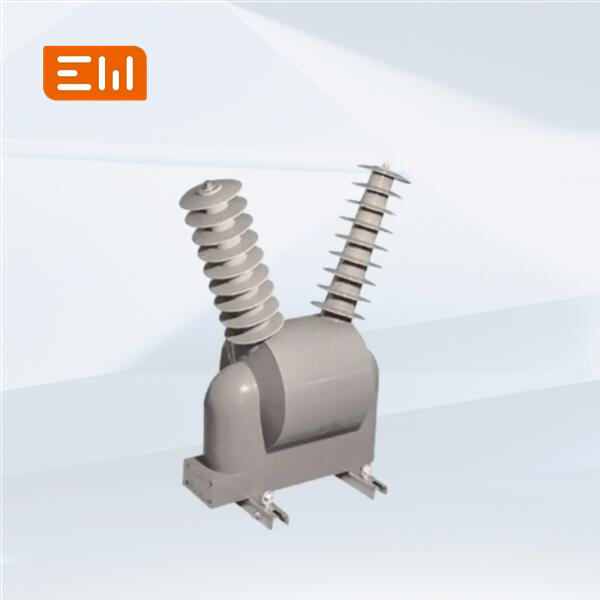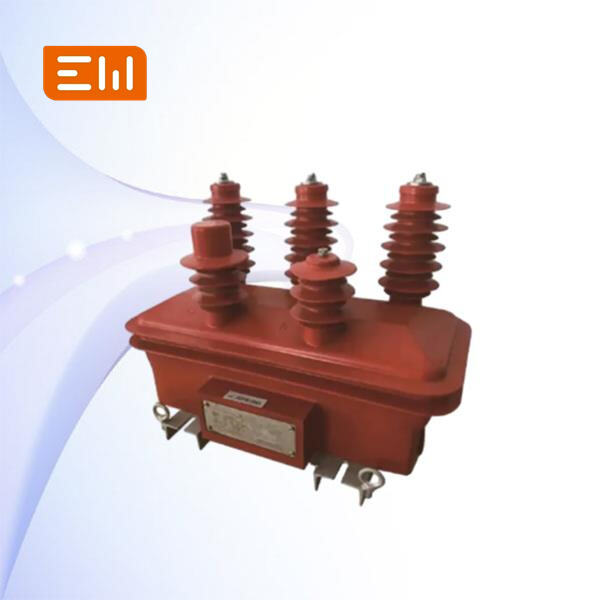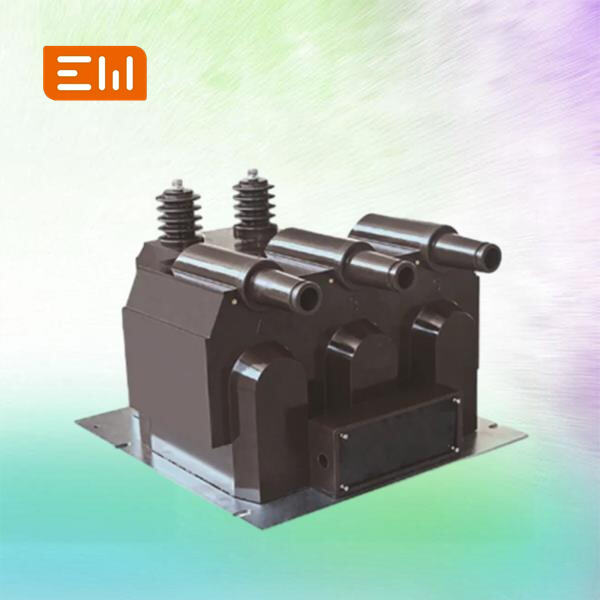The current transformer and the voltage transformer are two common tools of electrical engineering. They allow us to measure and line up electricity. Engineers and technicians working on electrical projects must be familiar with the differences between these two types of transformers.
There are current transformers that measure the current flowing in a circuit. On the other the hand, voltage transformers aid us in measuring voltage levels. Power and Distribution transformers help to ensure the safe and effective operation of electrical systems.

Current transformers and voltage transformers have some contrasts in outlook, when we look at how they are designed. And current transformers are used to reduce high currents down to a more manageable level for measurement. Substation: a terminal or junction for voltage transformer, transformer, transient resistor, surge arrester, etc. They convert the electricity into a type that is safe to measure and analyze.

Current And Voltage Transformer In Electrical Systems CTs are used for safety to accurately measure the current flow. Purpose of Voltage Transformer—Measuring voltage levels, stabilizing electrical supply.

It can be a tough choice between a current transformer and a voltage transformer. Choose wisely, and make sure you get what you need for your setup. A current transformer must be selected if you want to measure the current flow. Voltage transformers are better suited in cases of measuring voltage levels.